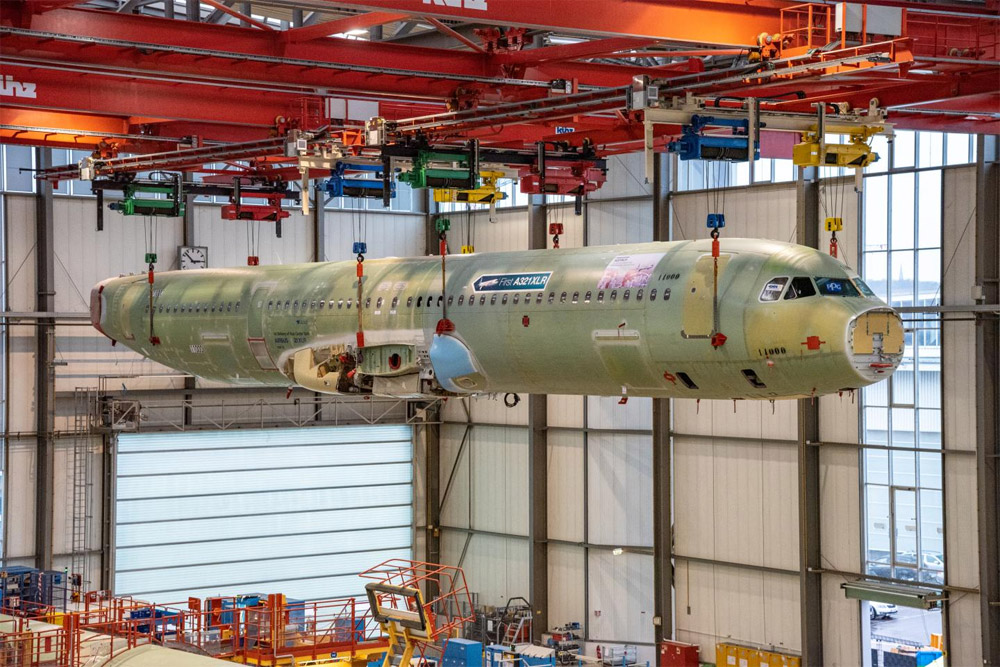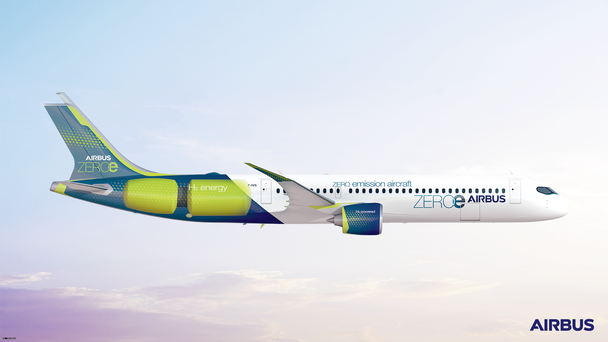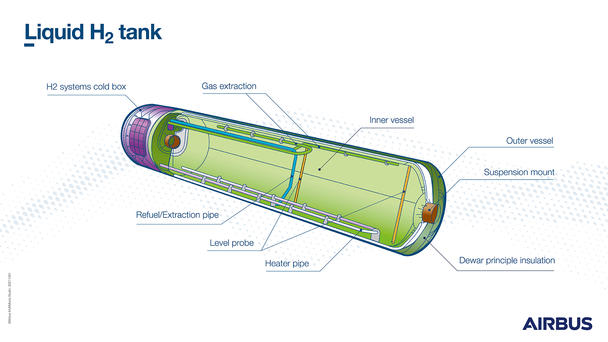El Gato
Местный
Indigo Partners portfolio airlines order 255 A321neo Family aircraft
Авиакомпании из портфеля Indigo Partners заказывают 255 самолетов семейства A321neo
Этот заказ доводит общее количество самолетов, заказанных авиакомпаниями Indigo Partners, до 1145 самолетов семейства A320. Заказанные сегодня самолеты A321neo и A321XLR будут поставлены отдельным авиакомпаниям следующим образом:
Wizz Air: 102 самолета (75 A321neo + 27 A321XLR)
Frontier: 91 самолет (A321neo)
Volaris: 39 самолетов (A321neo)
JetSMART: 23 самолета (21 A321neo + 2 A321XLR)
В дополнение к этому заказу, Volaris и JetSMART конвертировали в уже действующем заказе 38 A320neo на A321neo.
Авиакомпании из портфеля Indigo Partners заказывают 255 самолетов семейства A321neo
Дубай, 14 ноября 2021 г. - Wizz Air (Венгрия), Frontier (США), Volaris (Мексика) и JetSMART (Чили, Аргентина), авиакомпании из портфеля Indigo Partners, объявили о заказе дополнительно 255 самолетов семейства A321neo в рамках совместнго соглашения Indigo Partners. . Твердый контракт был подписан на авиашоу в Дубае.Dubai, 14 November 2021 – Wizz Air (Hungary), Frontier (United States), Volaris (Mexico) and JetSMART (Chile, Argentina), Indigo Partners portfolio airlines, have announced an order for 255 additional A321neo Family aircraft under a joint Indigo Partners agreement. The firm order was signed at the Dubai Airshow.
This order brings the total number of aircraft ordered by the Indigo Partners’ airlines to 1,145 A320 Family aircraft. The aircraft ordered today are a mix of A321neos and A321XLRs, which will be delivered to the individual airlines as follows:
Wizz Air: 102 aircraft (75 A321neo + 27 A321XLR)
Frontier: 91 aircraft (A321neo)
Volaris: 39 aircraft (A321neo)
JetSMART: 23 aircraft (21 A321neo + 2 A321XLR)
In addition to this order, Volaris and JetSMART will upconvert 38 A320neo to A321neo from their existing aircraft backlogs.
Этот заказ доводит общее количество самолетов, заказанных авиакомпаниями Indigo Partners, до 1145 самолетов семейства A320. Заказанные сегодня самолеты A321neo и A321XLR будут поставлены отдельным авиакомпаниям следующим образом:
Wizz Air: 102 самолета (75 A321neo + 27 A321XLR)
Frontier: 91 самолет (A321neo)
Volaris: 39 самолетов (A321neo)
JetSMART: 23 самолета (21 A321neo + 2 A321XLR)
В дополнение к этому заказу, Volaris и JetSMART конвертировали в уже действующем заказе 38 A320neo на A321neo.
ALC order for 111 Airbus aircraft launches Sustainability Fund
Дубай, 15 ноября 2021 г. - Air Lease Corporation (ALC) (NYSE: AL) подписала Письмо о намерениях (LoI), охватывающее все семейства Airbus, тем самым подчеркнув силу продуктовой линейки компании. Соглашение включает 25 самолетов A220-300, 55 A321neo, 20 A321XLR, четыре A330neo и семь A350F. Заказ, который будет окончательно оформлен в ближайшие месяцы, делает ALC одним из крупнейших клиентов и арендодателей Airbus с самой большой книгой заказов на A220. Основанная в 2010 году, ALC на сегодняшний день заказала в общей сложности 496 самолетов Airbus.Dubai, 15 November 2021 – Air Lease Corporation (ALC) (NYSE: AL) has signed a Letter of Intent (LoI) covering all Airbus Families, highlighting the power of the company’s full product range. The agreement is for 25 A220-300s, 55 A321neos, 20 A321XLRs, four A330neos and includes seven A350Fs. The order which will be finalised in the coming months, makes the Los Angeles based ALC one of Airbus’ largest customers and lessor with the biggest A220 order book. Founded in 2010, ALC has ordered a total of 496 Airbus aircraft to date.






